Fewer than one in five equity investments made in 2018 went to startups with at least one female founder. As a result, women are under-represented in high-growth entrepreneurship. The equity funding gap has myriad causes, from a lack of role models and mentoring to biases in the investment industry. As VC investors often rely on referrals and face-to-face introductions, access to networking opportunities could be a powerful tool for closing the gap.
However, a new study from Sabrina Howell and Ramana Nanda finds simply expanding networking opportunities by exposing female entrepreneurs to more VCs isn’t sufficient to solve the problem.
To test the idea, they looked at Harvard Business School’s (HBS) New Venture Competition (NVC).
“In the first round of the NVC, each team is assigned to one of about 15 panels, each composed of about six judges. Having delivered a pitch to the judges and answered their questions, the participants are in a position to reach out to the judges after the competition, leveraging the connection to secure financing for their ventures. The competition does not, however, explicitly encourage such follow-up. The core dataset for our analysis consists of comprehensive team and judging information for HBS NVCs held between 2000 and 2015, comprising 964 participants.
Our research design exploits random variations in the number of VC judges across panels, which arises from the way judges are allocated to panels in the NVC. Specifically, assignment is random conditional on sector, which is to some degree taken into account.”
If exposure to venture capital was enough to close the gap, then we’d expect the students exposed to more VC judges to be more likely to get equity funding. But Howell and Nanda found that exposure to VCs only boosted VC-backed entrepreneurship among male students.
Why does exposure to VCs help men, but not women? Men were twice as likely as women to “proactively reach out to VC investors” after the competition. Interestingly, the researchers find VCs are no more likely to respond to male entrepreneurs reaching out to them. Similarly, VCs reached out to men and women at the same rate. They also find little evidence of explicit bias from VCs.
“We do not find obvious evidence of explicit bias by male VCs against female participants in our sample. In addition to VCs responding to outreach equally by participant gender, we show that the private scores of VC judges are in fact slightly lower for male-led ventures than for women-led ventures. Also, while there are too few female VC judges to establish precise effects by a judge’s gender, we do not find evidence that female VC judges are differentially beneficial for female participants. Still, less observable discrimination may be at play, and the lack of outreach by women could reflect expectations of bias or harassment.”
Two key things need to happen to narrow the gap. First, female founders should be encouraged to reach out more. To that end, mentoring and networking may help build confidence. Second, organisations like accelerators should take a more hands-on approach to facilitating networking opportunities. It’s not enough to simply expect people to send emails after events. Closing the gap will require more than exposure alone.


